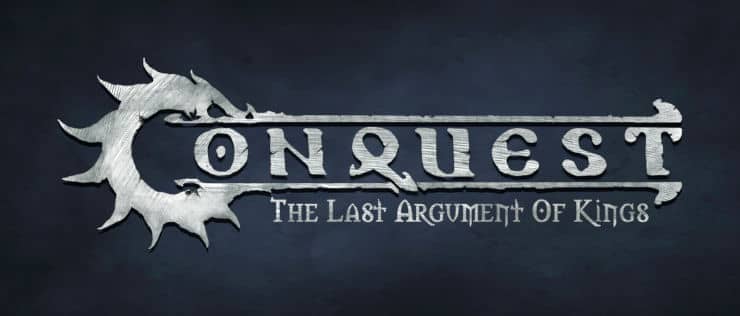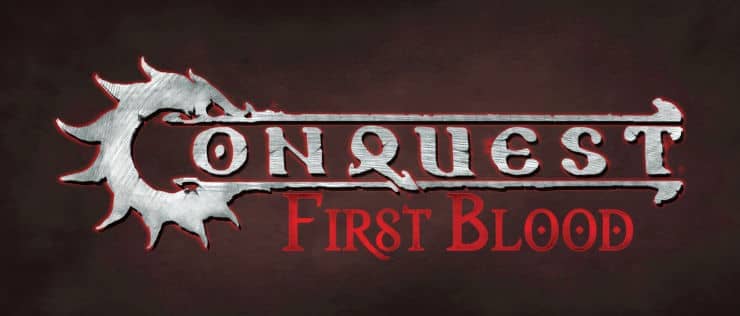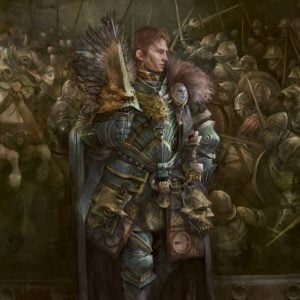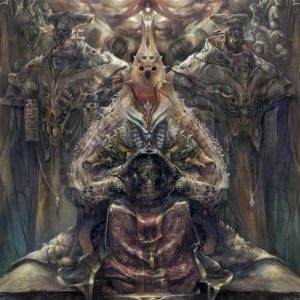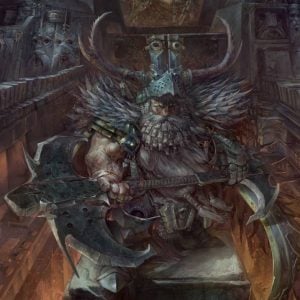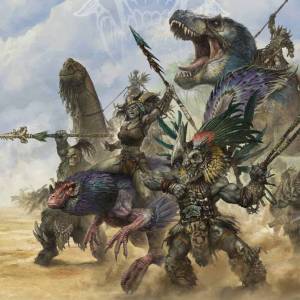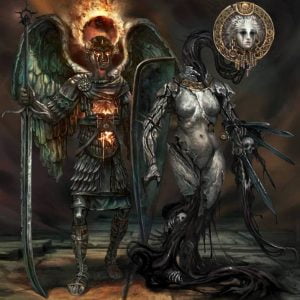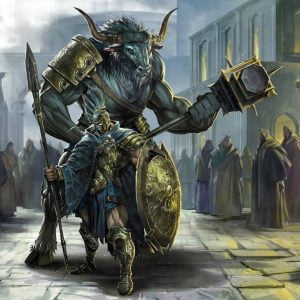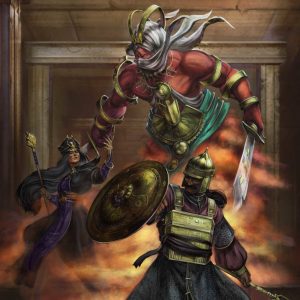
Mannheim is home to many grim tales and horror stories although to the Nords, truth be told, they are simply known as “stories.” If the darkness and cold does not fuel one, then the monsters that plague the land or the violence of its people do. One legend, however, holds a special place in the cautionary tales grandmothers spin for their grandchildren: the Last Fire-Child.
There are many variations to the tale but some of its elements always remain unchanged: the Fire-Child is an immortal survivor of the army of Surtr, who – plagued by guilt over its crimes and blasphemy – now roams the land and burns those who offend the gods it once helped kill, while abducting others to exact its vengeance. Beyond that, however, the tale changes. In some cases, it is a Fire Jotun, who descends upon remote villages, burns them to the ground, leaving behind some impaled denizens around a grand pyre that is fed by the body of the rest, like scarecrows sending their shadows dancing around the cinders of their village. If those bodies are not found and properly burned in time, the legend says, then they will descend from their grisly resting place and join their maker. In others, the Fire-Child resembles a Braeon fae creature of dark fire, stealing younglings from their parents. This is a manling with dark, red hair who stalks the shadowed corners of a house. The way to spot it is to look for two red, blazing spots for eyes, appearing in the darkness; often in the gloom of a moonless night’s forest or under one’s bed, in the darkest corner of the room or among the shadows of coats in one’s closet. A last variation speaks of an immortal warrior of Surtr, whose dead body, clad in its ancient crusader armor, seems fueled by fire, as soft sunlight seeps through its dead, cracked skin. He is most known for challenging young travelers on their way to the Kapp-a-Görask. Some it lives dead and scorched for the carrions to feed on. Others, it takes with him. In all cases, it is said the crusader sings a taunting rhyme while he fights:
The soldier’s just a bo-o-o-o-y,
The soldier’s just a bo-o-o-o-y,
Take his mind and make it toy,
The soldier’s just a bo-o-o-y.
The Last Fire-Child mythos is well established and widely spread in its different forms, throughout Mannheim. Eventually, the tale lost much of its former fearfulness, to the point that children often use a counting-out rhyme based on an old song. While children mostly use the last one or two verses in their games, for a “fairer” counting-out the full song is used, much to the disturbance of the few southerners that have witnessed it:
I like pain
My nightmares are my dreams
My soul is slain
My thoughts speak only in screams
Spread it! Spread it! Spread it! Spread it!
Today I heard His voice,
He told what to do,
He told me I must spread it,
That’s my desire too.
Ones like me I’ll gather, oh, happy band of fellows!
And all the world will tremble under our lifeless bellows!
We’ll burn creation merrily, hidden from every glance,
Beyond its light we’ll celebrate and with the shadows dance.
But if He thinks it’s all for Him, then let Him guess again.
I said I’d serve him – and I did – until my dying breath.
A boy he made a soldier, a boy shall end him then,
I am the Last Fire Giant my flames will yet burn Death.
But first they will burn YOU!
Whatever the truth behind the legend, few things can be said are true: throughout modern Nord history, villages have been burned and raised overnight, with pyres of the dead made in their center and impaled bodies around it. Children have gone missing on occasion, from their midnight walks in the woods, as much as from the safety of their own beds. And many a lonely aspirant to join the raids by proving themselves have never made it to Kapp-a-Görask or back home after doing so. These, of course, in the unforgiving land of Mannheim do not mean anything by themselves. But if there’s anything Mannheim and the Nords teach us, is that their frightening tales often fail to capture the horror of the reality behind them.

